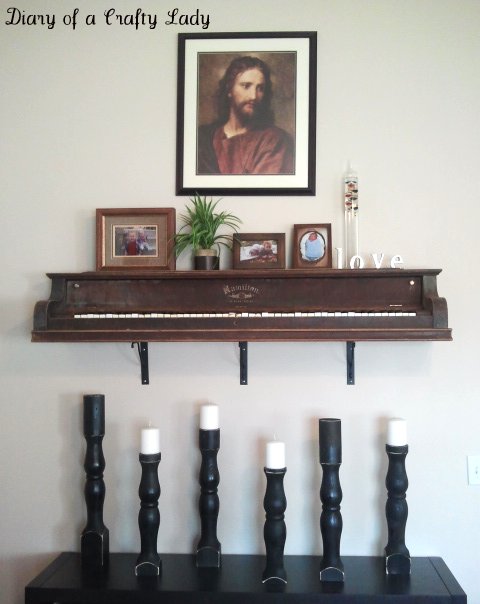


Ash and walnut wood, ivory, brass, high carbon steel, wool felt and aluminium are other very common materials found in piano manufacture. Tuning planks or pin blocks are usually made from maple. Frames are nearly always cast iron with very early pianos using heavy wooden oak posts, beams and panels to achieve strength. Materials in the manufacture of the piano continue to change with plastics becoming more common though the better piano manufacturers continue to choose wood over plastic as the primary material. The design of piano over the centuries has evolved into an efficient percussion instrument. There are upwards of 10,000 of parts in a vertical or upright piano with four main systems each of which have many important parts. This is quite an important differenc between the two piano designs.

This means the hammers cannot easily rely on gravity to fall back and reset as those in a grand piano are better able to do. The vertical or upright piano differs from the grand piano in that, because the strings are in the vertical orientation, the hammers which strike the strings must also be in a vertical orientation.


 0 kommentar(er)
0 kommentar(er)
